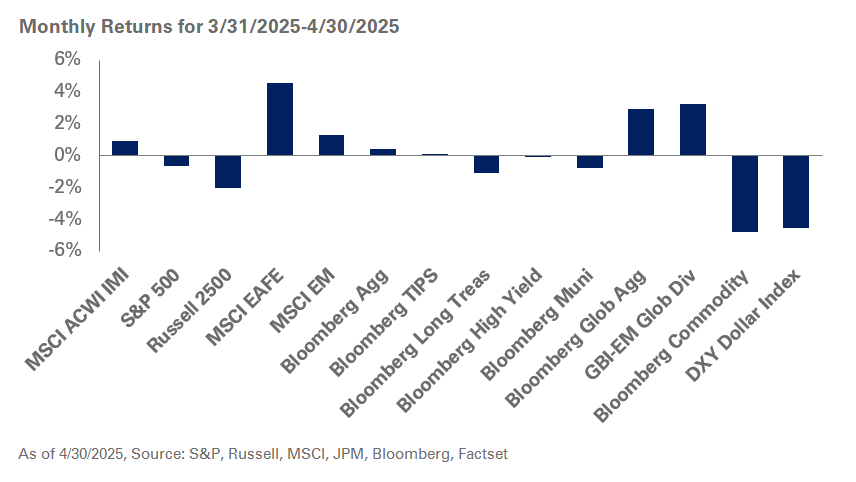In October, pension plan sponsors experienced higher liability discount rates as Treasuries continue to rise. During this time, global public equities also posted losses. The Treasury yield curve rose across most tenors last month with the largest increases occurring at longer maturities. Total-return-focused plans likely experienced improvements in funded status due to the rise in discount rates. NEPC’s hypothetical total-return pension plan experienced a funded status increase of 2.5% compared to a decline of 0.4% for the LDI-focused plan.
Rate Movement Commentary
The Treasury yield curve increased by around 30 basis points in October, and remained inverted from the one- to 10-year tenors. The 10-year yield increased 29 basis points to 4.88%, while the 30-year yield rose 31 basis points to 5.04%. Rates across the yield curve have increased on a year-to-date basis.
The movement in Treasury rates and credit spreads resulted in higher pension discount rates used to discount pension liabilities. The discount rates for NEPC’s hypothetical pension plans rose about 36 basis points to 6.25% for the open total-return plan, while the discount rate for the frozen LDI-focused plan was up around 35 basis points to 6.18%.
Plan Sponsor Considerations
The swoon in public equities continued in October, and long-dated fixed-income markets also posted losses due to an uptick in Treasury rates. Treasury yields picked up in October with the yield curve shifting higher, hitting year-to-date highs. Modest increases in credit spreads contributed to higher discount rates used for valuing pension liabilities. At NEPC, we anticipate continued market volatility and the potential for market disruption. Plan sponsors should remain diligent about monitoring sources of change in funded status versus expectations, as equities and interest rates are likely to remain volatile. This includes closely monitoring hedge ratio ranges to avoid becoming overhedged to longer-maturity rates with a flatter yield curve.
Market Environment and Yield Curve Movement
In October, U.S. equities lost 2.1%, according to the S&P 500 Index. During the same period, non-U.S. equities lagged U.S. stocks with international developed markets declining 4.1%, according to the MSCI EAFE Index. Emerging market equities were down 3.9% last month, according to the MSCI EM Index. Broadly, global equities declined 3% during the same period, according to the MSCI ACWI Index.
The Treasury curve increased by approximately 30 basis points from September to October at tenors 10 and greater and remained inverted from the one- to 10-year tenors. This resulted in losses for fixed-income markets, with long-credit fixed income experiencing modestly lower losses compared to long Treasuries. During the month, the Bloomberg Long Treasury Index declined 4.9% and the Bloomberg Long Credit Index lost 4.1%.



